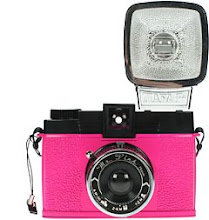When it was coined in the early 19th century, Rococo was a pejorative, meaning, in effect, “old-fashioned.” The exuberantly decorative style emerged in Paris about 1730, spread throughout Europe and reached the colonies of North and South America before the sobering correction of Neo-Classicism kicked in around the mid-1760s.
Rococo: The Continuing Curve is a groundbreaking exhibition that fully explores Rococo style and its continuing revivals up to the present day in multiple fields, including furniture, decorative arts, textiles, prints and drawings. The show is on view at the Cooper-Hewitt, March 7-July 6.
(image above) An exquisitely made candelabrum of gilt bronze designed by Jean-Joseph de Saint-Germain around 1750. About the base of a realistically rendered tree trunk in which two life-size birds perch, little putti cavort on curving miniature balustrades, and decorative scrolls play like waves of water. Candleholders are mounted on flower blossoms at the ends of sweeping stems.

:images cooper-hewitt museum
3.05.2008
sumptuousness at the cooper-hewitt



















































